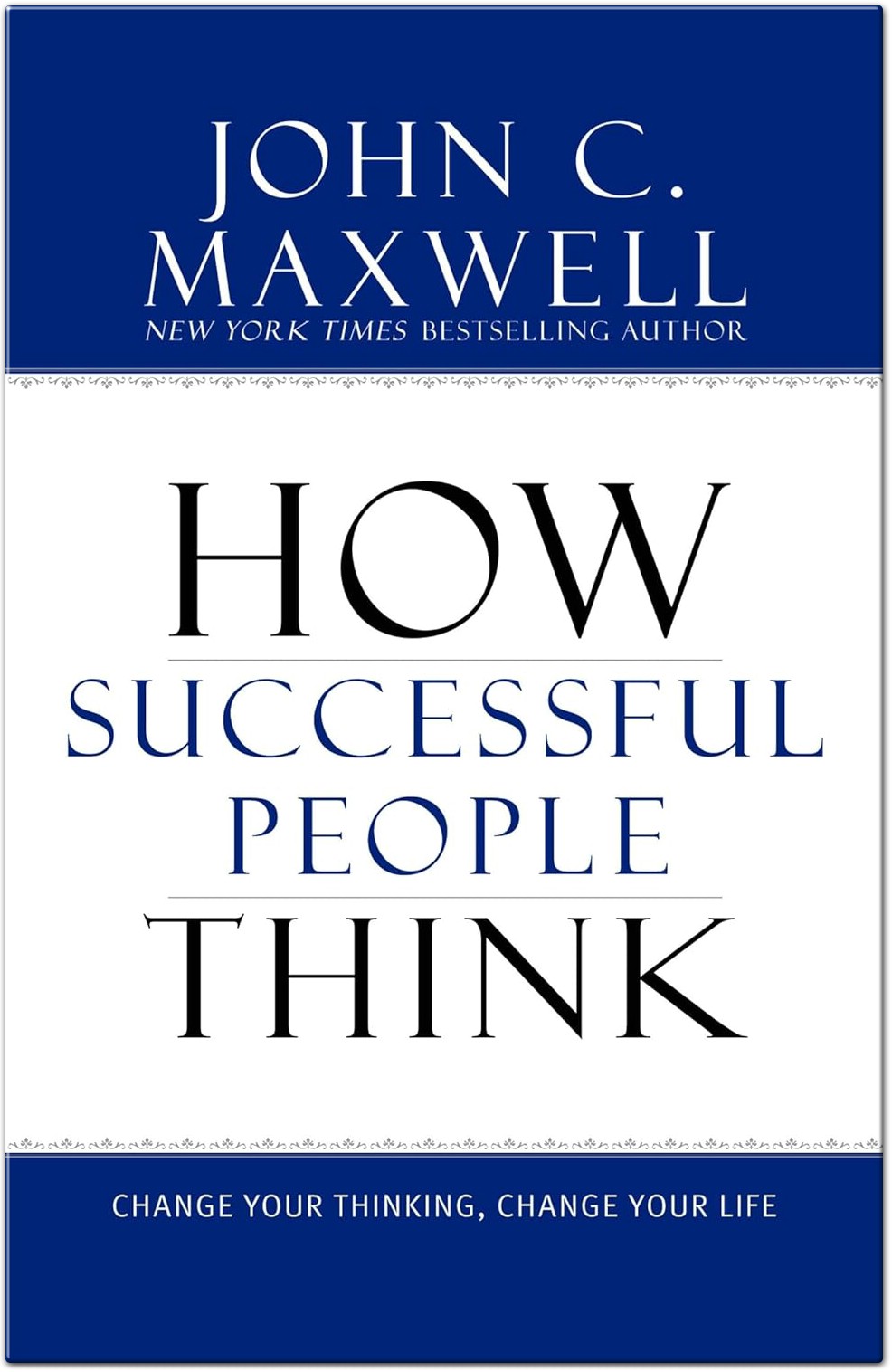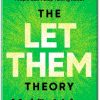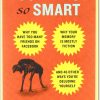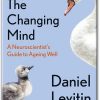
The Body Keeps the Score Book Summary ,Brain – Mind and Body in the Healing of Trauma by Bessel van der Kolk is a groundbreaking exploration of how trauma reshapes the brain and body, impacting trauma survivors’ lives at every level. Through decades of research and clinical practice, van der Kolk illuminates the profound effects of trauma and the innovative treatments available to restore balance and healing.
The book explores the pervasive impact of trauma on both the mind and body. It reveals that trauma is not just a psychological phenomenon but also affects brain function, stress hormone activity, and even physical well-being. Van der Kolk offers a comprehensive overview of therapeutic approaches that leverage the brain’s neuroplasticity to help trauma survivors reclaim their lives.
Book Summary Contents
- 1 The Body Keeps the Score: Brain – Mind and Body in the Healing of Trauma by Bessel van der Kolk Introduction
- 2 The Body Keeps the Score: Brain – Mind and Body in the Healing of Trauma by Bessel van der Kolk Table of Contents
- 3 The Body Keeps the Score Book Summary
- 4 The Body Keeps the Score: Brain – Mind and Body in the Healing of Trauma by Bessel van der Kolk Book Details
- 5 About The Author: Bessel van der Kolk
- 6 Get Your Copy of The Body Keeps the Score: Brain – Mind and Body in the Healing of Trauma by Bessel van der Kolk
The Body Keeps the Score: Brain – Mind and Body in the Healing of Trauma by Bessel van der Kolk Introduction
Trauma is a common experience that affects everyone, including friends, families, and neighbors. Research from the Centers for Disease Control and Prevention reveals that one in five Americans was sexually molested as a child, one in four was beaten by a parent to the point of leaving a mark, and one in three couples engages in physical violence. Additionally, a quarter of us grew up with alcoholic relatives, and one in eight witnessed their mother being abused.
As human beings, we are an extraordinarily resilient species, but traumatic experiences leave lasting marks on our histories, cultures, minds, ability to experience joy and intimacy, and even our biology and immune systems.
Trauma impacts not only those directly exposed but also those around them, such as soldiers returning from combat, wives of men with PTSD, and children of depressed mothers. Childhood exposure to family violence can make it difficult to form stable, trusting relationships in adulthood.
Trauma is unbearable, and victims often try to suppress the memories, pretending as if nothing happened and striving to move forward. It takes immense effort to continue functioning while bearing the weight of terror and the shame of vulnerability.
The brain’s survival mechanisms are not adept at denial, and even long after a traumatic event, the brain can be reactivated by the slightest hint of danger, triggering disturbed circuits and excessive stress hormone production.
This results in unpleasant emotions, intense physical sensations, and impulsive or aggressive behaviors.
Three new scientific disciplines have dramatically increased our knowledge of psychological trauma, abuse, and neglect. Neuroscience explores brain function and mental processes, developmental psychopathology examines how adverse experiences affect the mind and brain development and interpersonal neurobiology studies how our behavior impacts others’ emotions and biology.
Research in these fields has shown that trauma induces actual physiological changes, such as recalibration of the brain’s alarm system, increased stress hormone activity, and alterations in information processing systems. These changes help explain why traumatized individuals may become hyper-vigilant and struggle to engage in everyday life, and why they often repeat the same problems and have difficulty learning from experience.
Our growing understanding of trauma’s physiological basis has opened up new possibilities for treatment. Methods that utilize the brain’s natural neuroplasticity can help survivors feel fully alive and move forward. Treatments generally fall into three categories: top-down approaches, which involve talking, connecting with others, and processing trauma memories; medication and technologies that alter brain information processing; and bottom-up approaches, which involve physical experiences that counteract trauma’s effects. Most individuals benefit from a combination of these methods.
The challenge remains: How can people regain control over the residues of past trauma and master their own lives? Talking, understanding, and human connections are helpful, and medications can reduce hyperactive alarm systems. Physical experiences that contradict trauma’s effects can promote self-mastery. No single treatment approach suits everyone, and this book serves as both a guide and an invitation to confront the reality of trauma, explore effective treatments, and commit as a society to using every means available to prevent and correct trauma’s effects.
- What Key Concepts About Trauma Are Introduced?
- What Evidence and Statistics Support the Author’s Claims?
- How Does the Author Explain the Physiological and Psychological Effects of Trauma?
- What Treatment Approaches Are Discussed, and How Are They Categorized?
- What is the Author’s Vision for Addressing Trauma on a Societal Level?
The Body Keeps the Score: Brain – Mind and Body in the Healing of Trauma by Bessel van der Kolk Table of Contents
PART ONE: THE REDISCOVERY OF TRAUMA
1 . Lessons from Vietnam Veterans
2. Revolutions in Understanding Mind and Brain
3. Looking into the Brain: The Neuroscience Revolution
PART TWO: THIS IS YOUR BRAIN ON TRAUMA
4. Running for Your Life: The Anatomy of Survival
5. Body-Brain Connections
6. Losing Your Body, Losing Your Self
PART THREE: TRAPPED IN RELATIONSHIPS
7. Getting on the Same Wavelength: Attachment and Attunement
8. Trapped in Relationships: The Cost of Abuse and Neglect
9. What’s Love Got to Do with It?
10. Developmental Trauma: The Hidden Epidemic
PART FOUR: THE IMPRINT OF TRAUMA
11. Uncovering Secrets: The Problem of Traumatic Memory
12. The Unbearable Heaviness of Remembering
PART FIVE: PATHS TO RECOVERY
13. Language: Miracle and Tyranny
14. Letting Go of the Past: EMDR
15. Learning to Inhabit Your Body: Yoga
16. Putting the Pieces Together: Self-Leadership
17. Filling in the Holes: Creating Structures
8. Rewiring the Brain: Neurofeedback
19. Finding Your Voice: Communal Rhythms and Theater
The Body Keeps the Score Book Summary
PART ONE: THE REDISCOVERY OF TRAUMA
This chapter from “The Body Keeps the Score” delves into the stark reality of PTSD among Vietnam veterans, personified through the story of Tom, a Marine grappling with the harrowing vestiges of war.
It underscores the monumental influence trauma exerts on individual lives, relationships, and personal perspectives. Notably, it touches upon the crucial role of imagination in trauma management and the hurdles veterans face while seeking psychiatric aid.
The chapter explores group therapy’s trials for trauma-affected veterans, the flaws in conventional PTSD diagnoses and treatments, and the transition toward a fresh insight into trauma. Personal narratives of combat veterans and individuals with trauma histories serve as reminders of trauma’s far-reaching implications.
Immerse in the profound transition in medical approaches to mental suffering during the late 1960s. Explore the shift from psychotherapy to medication, particularly chlorpromazine, as a primary therapy for mental disorders like schizophrenia.
Learn how trauma impacts patients, signified by symptoms such as catatonia, violent outbursts, and irrational behavior. Probe into the role of stress hormones in traumatic stress and the way traumatized individuals are attracted to pain and danger. Uncover how serotonin levels influence the body’s reactions and behavioral responses.
Discover the role of brain chemistry and social environment in PTSD and the effectiveness of drugs like Prozac in treating PTSD symptoms.
Dive into the impact of brain imaging techniques in understanding how the brain processes trauma. Understand how trauma affects the brain’s executive functions, memory, and stress responses.
PART TWO: THIS IS YOUR BRAIN ON TRAUMA
This chapter delves into the shift in medical approaches to mental suffering during the late 1960s, focusing on the shift from psychotherapy to medication, particularly chlorpromazine, as a primary therapy for mental disorders like schizophrenia.
it explores the impact of trauma on patients, including symptoms like catatonia, violent outbursts, and irrational behavior. The chapter also explores the role of stress hormones in traumatic stress and the influence of serotonin levels on the body’s reactions and behavioral responses.
It also discusses the role of brain chemistry and social environment in PTSD and the effectiveness of drugs like Prozac in treating symptoms. The chapter also explores the impact of trauma on the brain’s executive functions, memory, and stress responses.
It introduces the Polyvagal Theory, emphasizing the autonomic nervous system and social relationships in trauma recovery. It also discusses the impact of trauma on self-awareness and body connection. The chapter also details the role of the vagus nerve and discusses physiological and psychological changes following trauma.
PART THREE: TRAPPED IN RELATIONSHIPS
“Part Three: Trapped in Relationships” is a comprehensive exploration of the role of childhood trauma in shaping adult behavior and relationships.
The significance of early caregiver-child interactions in fostering a child’s sense of identity and self is emphasized in this section.
It explores a range of attachment types, the impact of socioeconomic variables, and the long-term consequences of maltreatment and neglect on children’s capacity to regulate their emotions.
Results from the Adverse Childhood Experiences (ACE) research are highlighted, supporting the study of Vincent Felitti who found a connection between childhood trauma and adult obesity. The conversation emphasizes the necessity of early help in reducing the impacts of childhood trauma and the need to comprehend disorders associated with trauma that go beyond post-traumatic stress disorder (PTSD).
PART FOUR: THE IMPRINT OF TRAUMA
The elusive and complex nature of traumatized memory is explored in Part Four: The Imprint of Trauma. With a focus on situations like Nancy’s painful surgery and Julian’s sexual molestation by a church member, the book sheds light on the complex effects of trauma on memories and people.
It describes how traumatic memories are broken, sensory, emotional, disorganized, and disconnected, as well as the symptoms that follow, such as panic attacks, flashbacks, and irrational worries.
To begin the healing process, the book emphasizes how crucial it is to express painful experiences. It also looks at how trauma is reenacted and how difficult it is to identify and deal with it.
PART FIVE: PATHS TO RECOVERY
this chapter explores assorted healing strategies for trauma victims. It delves into the power and limitations of language in trauma recovery. The file elaborates on EMDR (Eye Movement Desensitization and Reprocessing) as a technique for releasing past trauma.
Yoga is highlighted as a practice that enables individuals to reconnect with their bodies. Self-leadership is key to the process of rebuilding post-trauma. Creating structures is recommended as a mechanism to fill in the gaps in an individual’s life.
The chapter introduces Neurofeedback as a method for rewiring the brain and presents communal rhythms and theater as platforms for survivors to find their voice. Therapeutic methods such as writing, expressive arts, and psychoanalytically oriented therapy are emphasized as potent tools in trauma treatment.
The chapter underscores the importance of safe spaces to express trauma, the role of therapists in guiding patients through trauma resolution, and the effectiveness of various therapeutic modalities in facilitating healing and recovery.
The Body Keeps the Score: Brain – Mind and Body in the Healing of Trauma by Bessel van der Kolk Book Details
| Publisher | Penguin Books; Reprint edition (September 8, 2015) |
|---|---|
| Language | English |
| Paperback | 464 pages |
| ISBN-10 | 0143127748 |
| ISBN-13 | 978-0143127741 |
| Reading Age | 18 years and up |
| Item Weight | 14.4 ounces |
About The Author: Bessel van der Kolk

Bessel van der Kolk, born in 1943, is a renowned psychiatrist based in Boston, known for his extensive research on post-traumatic stress since the 1970s. His work delves into the intersections of attachment theory, neurobiology, and the developmental impact of trauma on individuals. His seminal publication, The Body Keeps the Score, a New York Times bestseller, explores how our understanding of trauma’s role in psychiatric disorders has evolved over the past two decades. It highlights insights into how traumatic experiences shape the brain, emphasizing that traumatic stress affects the entire organism and advocating for integrating this understanding into therapeutic practices.
Bio from Wikipedia.



































